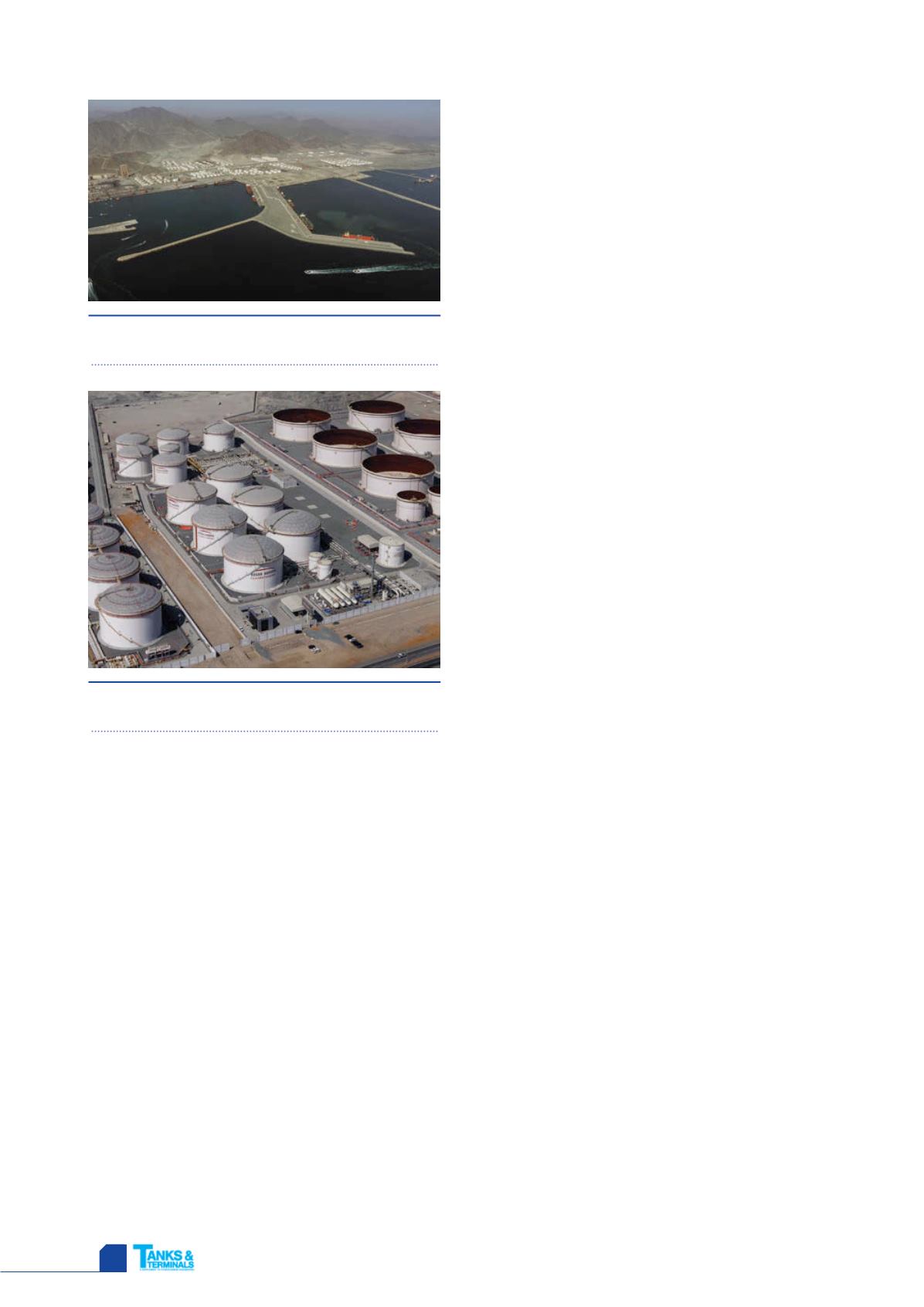
HYDROCARBON
ENGINEERING
80
June 2014. Likewise, the beginning of 2016 saw stocks of
distillates reaching 159.4 million bbls, an increase of
22.5 million bbls over the same time last year. In the same
period, reflecting reduced consumer demand, there was a
slight decrease in stocks of gasoline, settling at
232 million bbls, a reduction of 5.2 million bbls over the
year.
1 - 2
During 2015, the US saw 15 weeks where the supply of oil
was over 30 days – the highest number of weeks with the oil
supply over 30 days since 1983. In fact, the last time the
weekly supply of oil was above 30 days was in January 1984.
3
All of this points to the fact that more oil is being stored.
But what of the supply?
In addition to capacities increasing, oil production is also
climbing, as Saudi Arabia chooses to up production to
maintain market share, refusing to step into its usual role of
ballasting global oil prices by cutting production. Also,
despite many assertions to the contrary, the industry is not
seeing the whole scale shutdown of many fields around the
world that were thought to be unprofitable below
US$40/bbl – some are cutting costs, and producing more,
to maintain revenues. On the other hand, some producers
are looking for any payback on their assets and capital
spending, for which they would see no payback if they
remained idle.
Demand still grows
The truth is that the idea of a global glut that would cause
the inability to store the oil being produced is likely not
going to happen. As 2016 begins, some slowdown in the
global economy is apparent. But these economies, and their
populations, are still growing. More and more people are
demanding a better standard and quality of life. This is part
of the reason why oil supply and demand are both
estimated to grow from around 96 million bpd up to
97 million bpd by the end of 2016.
The bottom line is that this is the new paradigm of
supply and demand. To meet that need, the industry is going
to have to increase the quantity of its centres of production,
and also increase the capacity, safety and effectiveness of
the current and increasingly ageing storage facilities.
4
Safety for ageing tanks
Where safety is concerned, federal and local environmental
standards need to be taken into account. These standards
are put in place to guard against the accidental and
catastrophic release of stored materials and the impact on
the environment of any such release.
Storage tanks, and the farms in which they reside, are
aspects of storage that most take notice of. Although the
tanks themselves demand much focus and attention, their
design and construction are nonetheless just a fraction of the
work needed to provide safe, efficient and effective storage.
According to the US Environmental Protection Agency
(EPA), steel aboveground tanks start deteriorating after just
15 years in the field. As of 2010, an American Petroleum
Institute (API) study estimated that more than 90% of
aboveground storage tanks were more than 11 years old – so,
to put that another way, if nothing had been done to those
tanks as of that original report, 90% of the storage tanks in
operation may be in a state of decline.
What makes this difficult is that, as stated earlier, the
pressures on the storage of hydrocarbons are increasing,
which makes it more difficult to furlough, or take out of
commission, tanks that may well have been left out of
service – not because they were unsafe, but because there
were newer tanks, designed to more up to date standards,
that could instead be pressed into service.
That said, the vast majority of tanks, if properly
maintained and evaluated, can remain in service for
decades – ultimately, hydrocarbons are some of the best
defenses against many of the waterborne corrosions that
‘spark’ many of the catastrophic failures around tanks.
However, if ingress of water into a tank occurs, and is not
addressed, it can cause a slow and insipid deterioration that
can result in the failure of the tank, and with it, the sudden
and catastrophic failures of the foundation it sits upon. Even
the most stable tank cannot withstand foundation failure.
In an Elsvier
©
study, researchers found that most of the
major accidents over the previous 40 years, at 242 storage
tank facilities, centred around petroleum refineries, plants
and oilfields (63.2%) and terminal and pumping stations
(26.4%).
5
The bottom line is that an estimated 97% or more
of terminal and pumping stations service the petrochemical
industry, or the delivery of hydrocarbons or their
byproducts.
Figure 1.
Geographic area: SOCAR AURORA Fujairah
Terminal FZE.
Figure 2.
Project view: SOCAR AURORA Fujairah
Terminal FZE.


